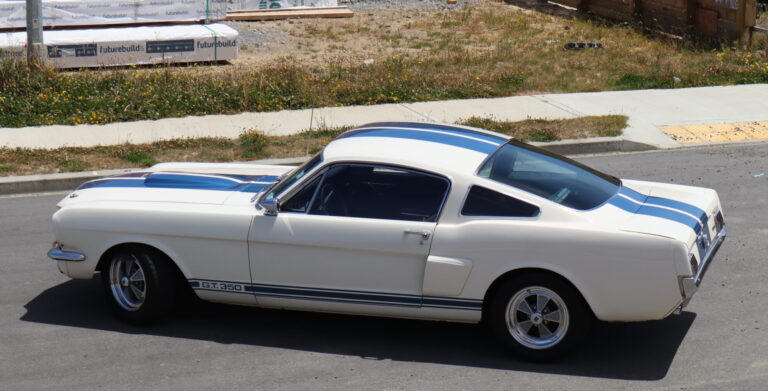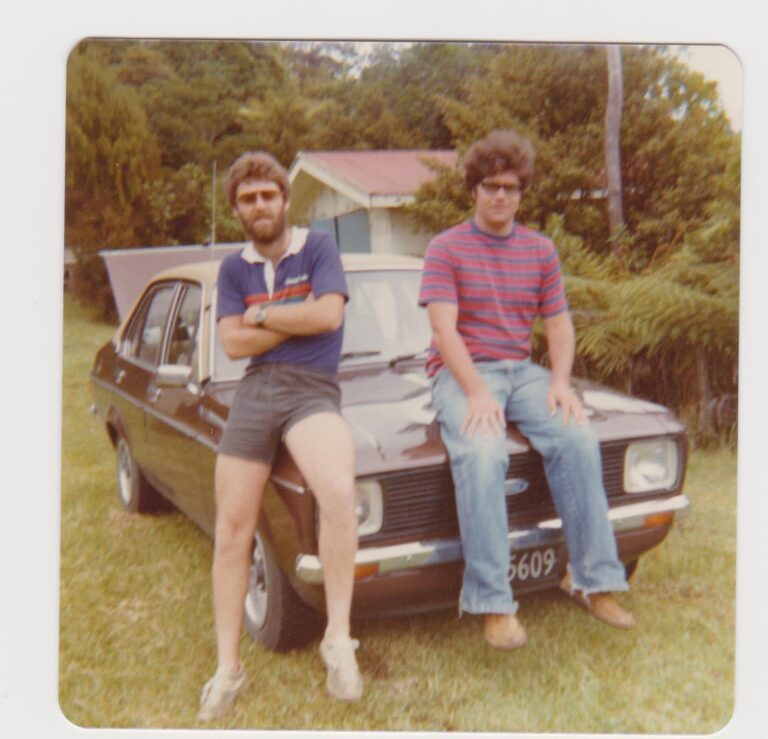Chevrolet’s Impala enjoys a coveted status as the unofficial ‘king’ of American cars. Thanks to drag racers, hot rodders, lowriders, and gangsters, the Impala is undoubtedly one of the world’s most recognizable American cars of the ’50s and ’60s.
In 1958, Chevrolet introduced the Biscayne as a lower–priced, full-size equivalent to the Impala. Though the cars looked very similar, the Biscayne omitted most exterior chrome trim and featured a lower-grade interior trim. Nowadays, the differences between the Impala and Biscayne are long–forgotten by most — regardless of badge or trim, they’re both cool cars.

Steve Adams owns this 1964 Chev Biscayne, two-door ‘post’ coupe, which we spotted at last month’s Gear Jammers Hot Rod and Muscle Car Club show in Paraparaumu. The Biscayne was purchased from Trade Me as a near-complete build, which was “only needing paint.” We’ve all heard that one before …
Once he began stripping the car back for painting, it was found to be looking the worse for wear, and essentially became subject to a full ground-up rebuild. Suffice to say that, since then, the Biscayne has received the paint it was needing. The blacked-out bumpers, grille, and wheels offer a refreshingly different take on the traditionally over-chromed old Chevy.

Outside, the easiest way to distinguish a Biscayne from an Impala (aside from the badging, of course) is in the tail lights — the Biscayne runs two tail lights to the Impala’s three.

Under the bonnet, the Biscayne runs a tough 383ci small block, backed by a five-speed manual gearbox, for maximum driver involvement. The diff is a standard item at this stage, although plans of installing a Ford nine-inch have been discussed, and looks set to happen sooner rather than later.

The interior is also a tidy environment, without being anywhere near overboard. An aftermarket shifter and steering wheel take care of the driving dynamics, and a rev counter and trio of diagnostic gauges keep track of what’s going on under the bonnet. At this stage, all that is required is headlining, although Steve plans to give the interior a full once-over before long.

Two years after purchasing it, Steve’s Biscayne is now the quick, comfortable, and reliable cruiser that he wanted. Not just that, though — it’s also a neat-looking car that manages to offer a slightly different take on the traditional shiny and low Impala — and in this day and age, that’s no bad thing!





